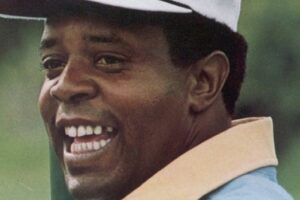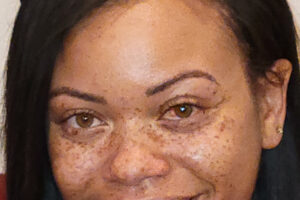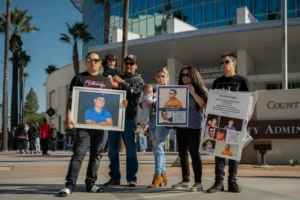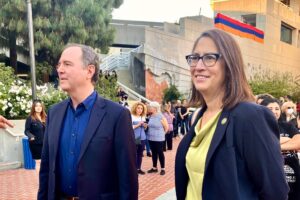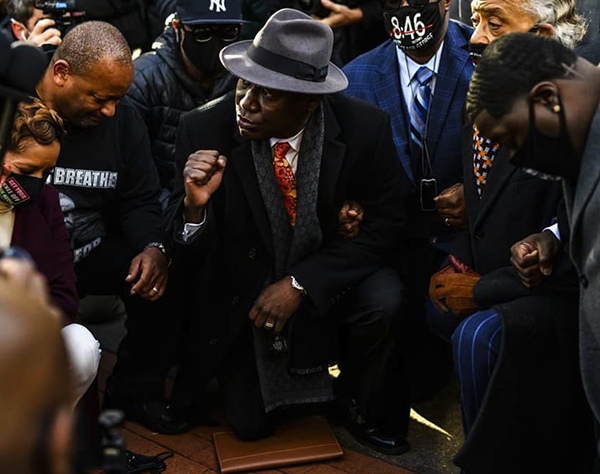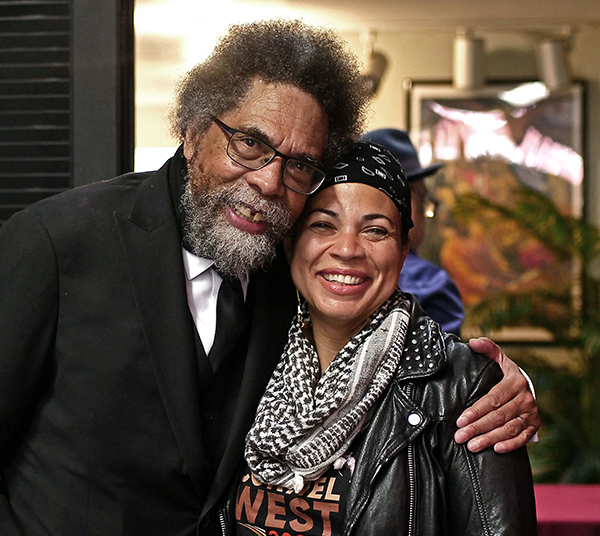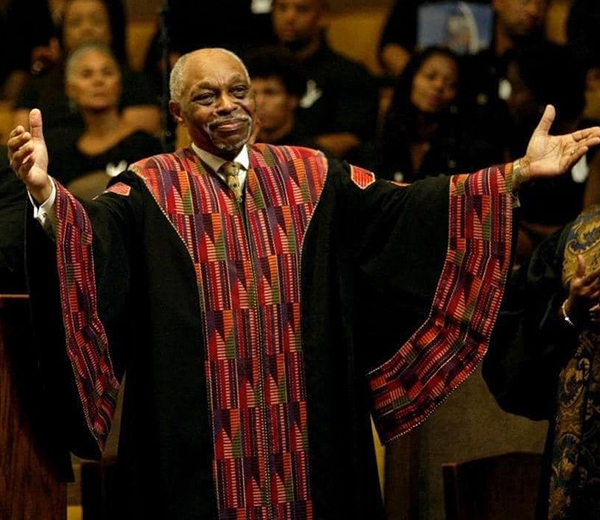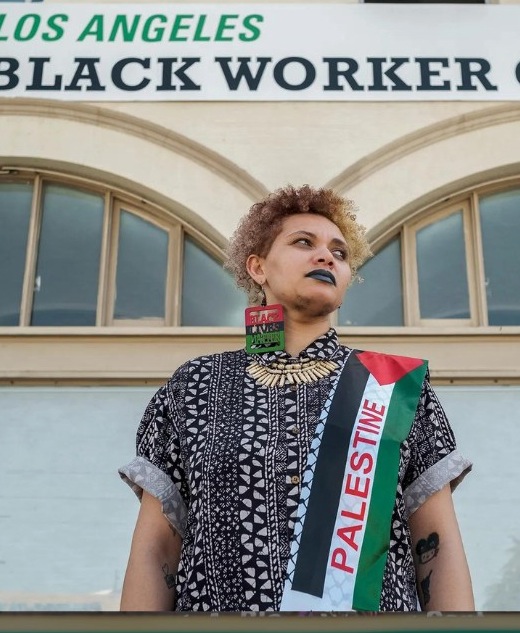Floyd murder trial sparking comparison in some circles to Rodney King case
By Ray Richardson
Contributing Writer
MINNEAPOLIS — The George Floyd murder trial, which opened here last week, is being compared in some circles to the 1992 Rodney King beating trial in Los Angeles, where videotape evidence of the police abuse of an unarmed Black man spawned assumptions that a guilty verdict was all-but-certain.
Not so fast, says Los Angeles community activist Najee Ali, who traveled to Minneapolis this week to monitor the trial, counsel local activists and support Floyd’s family.
“I’m cautioning everybody to not be overconfident,” Ali said of the Floyd trial. “There’s another videotape this time, but we’ve seen police not convicted. Some not even indicted. You just have to have faith that the 12 people on the jury won’t be swayed by conspiracy.”
Testimony began March 29 in the trial of former Minneapolis police officer Derek Chauvin who kneeled on Floyd’s neck for nine minutes after Floyd was accused of passing a counterfeit bill last Memorial Day weekend.
Chauvin is charged with second- and third-degree murder and manslaughter. The other three former Minneapolis police officers — Tou Thao, J. Alexander Kueng and Thomas Lane — will be tried separately. All three were charged with aiding and abetting.
Ali arrived in Minneapolis March 28, joining Rev. Al Sharpton, civil rights attorney Ben Crump and other community leaders at Greater Missionary Baptist Church that night for a special service to commemorate the start of the trial and keep awareness on police brutality and social injustice. The Minneapolis church is a few blocks from where Floyd died.
“I’m here to join my fellow activists in Minnesota in showing solidarity and support for the Floyd family,” said Ali, executive director of Project Islamic Hope. “I’m serving the community leadership that’s already in place here. It’s an impressive group. They’re unified.”
Like many observers of the Chauvin trial proceedings, Ali has been moved by the emotional, and often gut-wrenching accounts of what happened on the south Minneapolis corner of 38th Street and Chicago Avenue last May 25.
Charles McMillan, 61, was one of the first persons on the scene when the officers were attempting to place Floyd in a squad car. McMillian testified March 31 that he tried to calm Floyd during the arrest. McMillan broke down and cried on the witness stand after seeing never-seen-before bodycam video of the officers pinning Floyd to the ground.
Presiding Judge Peter A. Cahill called for a “brief recess” to allow time for McMillan to compose himself.
Other witnesses, including Darnella Frazier, the teenager who shot the infamous video on her cell phone of Chauvin kneeling on Floyd’s neck, as well as off-duty Minneapolis firefighter Genevieve Hansen, fought back tears March 30 testifying how they saw Floyd take his last breaths.
“After each witness has made their statements, and a lot of them have been powerful, you feel like the prosecution really has a strong case,” Ali said. “People here and everywhere are expecting a guilty verdict.”
Ali and other activists huddled each day outside the Hennepin County Government Center in downtown Minneapolis to watch a video stream of the trial on labtop computers. This is the first time in Minnesota history that cameras have been allowed in a courtroom.
Because of COVID-19 restrictions in Minnesota courtrooms and worldwide interest in the case, Cahill permitted the video stream. Court TV is providing the video stream for all media outlets.
Ali said the ability to watch the trial outside on computers has given him a unique perspective on the atmosphere in Minneapolis.
“It’s very tense here,” Ali said. “You see police patrolling just about everywhere in the downtown area. And the National Guard is in the area, too.”
A small division of the Minnesota National Guard was deployed to downtown Minneapolis and certain areas in nearby St. Paul during selection of the jury pool two weeks ago. Local government officials plan to increase the National Guard deployment when the trial nears a verdict.
Floyd’s death triggered three days of violence and rioting in Minneapolis and St. Paul, including the complete destruction of the Minneapolis police’s Third Precinct. The building served the south Minneapolis community where Floyd died and was home base for Chauvin, Thao, Kueng and Lane.
Ali traveled to Minneapolis right after Floyd’s death in an effort to assist with peacekeeping efforts. He said he was in the area on Lake Street, where the Third Precinct was located, when rioters torched the building.
“I was there, but I wasn’t close enough to see everything,” Ali said. “There were so many angry people outside that place. All I could see was the flames.”
Ali said he will return to L.A. April 2 but plans to go back to Minneapolis when a verdict is expected to be reached in late April or early May.
Ali and other activists fully understand the possibility of more flames if Chauvin is acquitted or is convicted on a lesser charge. Ali, a native of Gary, Indiana, was living in Los Angeles when Rodney King was beaten by four Los Angeles police officers in 1991 after a brief police pursuit.
As with the Floyd case, a video was considered insurmountable evidence when the officers were shown beating a defenseless King while he lay on the ground, but all four officers were acquitted a year later on charges of excessive force, igniting rioting that led to more than 50 deaths.
Ali and a worldwide audience are watching to see how this jury will respond to another videotape 30 years after Rodney King.
Ray Richardson is a contributing writer for The Wave. He can be reached at rayrich55@gmail.com.

